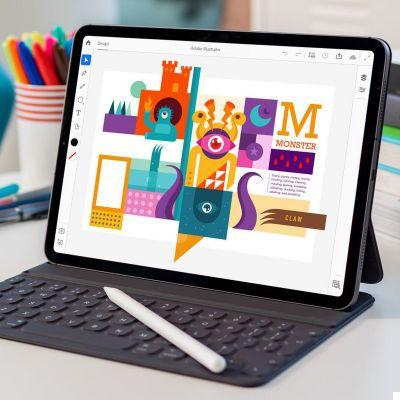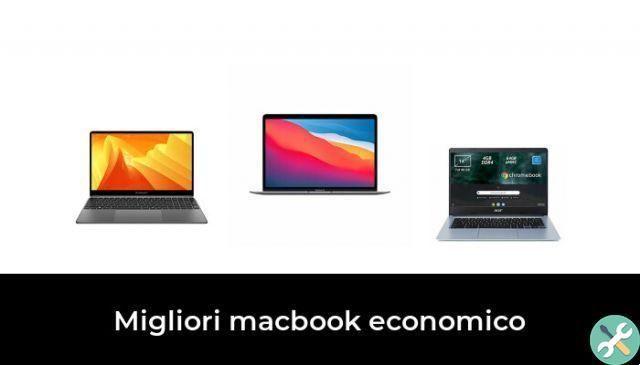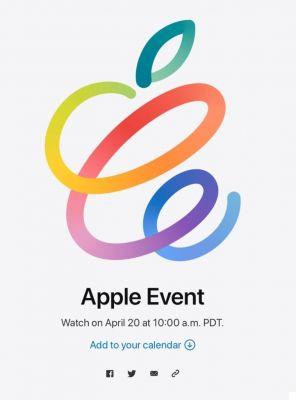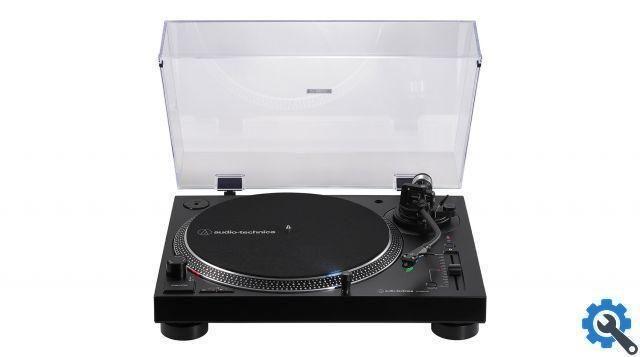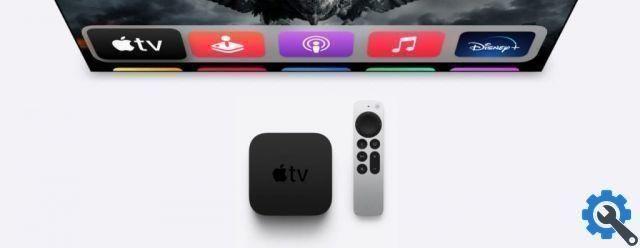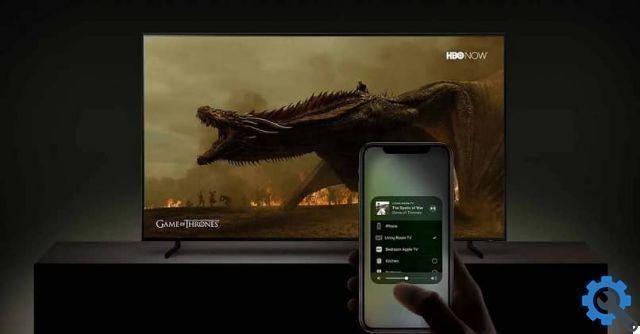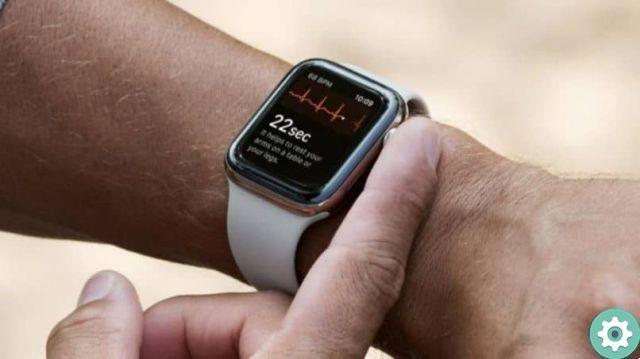The name probably doesn't tell you anything, but a few decades ago it was a reference in the Apple world and one of the proofs that the Mac was used for things beyond the creative world.
Metrowerks was a company that designed, developed, sold and supported professional software development tools. In the 90s, Metrowerks introduced itself as “the creator of CodeWarrior, the integrated development environment for C, C ++ and Pascal” (Source). Subsequently, the company began creating software development tools for various mobile, desktop, gaming and integrated platforms.
After about two decades on the market and a change of ownership, the owners announced they were moving away from the Metrowerks name. Today, attempting to access Metrowerks.com shows that the site is unavailable.
What happened to this company, so important that it caught Motorola's attention? We spent some time researching its trajectory. We will follow the history of the company, its flagship product, CodeWarrior, the tools they have created and the impact they have had.
The history of Metrowerks
Founded by Greg Galanos In 1985, Metrowerks was initially called Metropolis Computer Networks. The name Metrowerks appears to be an abbreviation of the original name. It was based in Hudson, Quebec, Canada (Source).
At the time of its founding, the company was engaged in software development tools for Apple Macintosh computers and UNIX workstations. Some of the company's early products were a compiler for Modula-2 (a programming language developed between 1977 and 1985) and Pascal (also a programming language initially developed in the 70s) (Source).
In 1996, the company reported that its income from CodeWarrior was $ 10,6 million, and it practically doubled it to $ 18,3 million in 1997. With this success, in July 1996 it went public - NASDAQ- with the symbol MTWKF (Source).
The CodeWarrior project
CodeWarrior was an integrated development environment (IDE) published by NXP Semiconductors. An IDE is a software modification tool that increases programmer productivity by bringing together elements of everyday use as modification tools, compiling software tests in a single application. CodeWarrior was one of the first Macintosh developments to support 68K and the new PowerPC (PPC) (Source).
Features
An article published by California University of Pennsylvania provides an overview of CodeWarrior. Note that "the distinguishing thing about CodeWarrior is that once you learn it for any purpose, you essentially know how to use it for any other purpose." The article continues by listing some features of CodeWarrior:
A unified development environment (IDE), which offers a single output for all components.
An easy to use graphical user interface (GUI).
Source code editor to edit project files.
A highly optimized C / C ++ compiler and a powerful micro-assembler.
A Smartlinker that links only code and objects relevant to a specific project.
A library that allows programmers to create custom libraries.
A debugger that allows a concrete simulation of hardware or application design (or debugging).
Macintosh development tools
In 1992, the advent of the PowerPC processor prompted Metrowerks to focus on creating development tools for Macintosh computers. The company launched the first version of CodeWarrior at Apple's Worldwide Developer's Conference in May 1994 (Source).
The first version of CodeWarrior was a great success. The company has been recognized for helping Apple navigate the transition to a new processor (Source).
While developing several versions after the year 2000, CodeWarrior ended up creating a complete catalog of online training books. One such book included "Learn Java on the Macintosh" by Barry Boone and Dave Mark, considered an essential reference resource for many projects (Source).
Moving to Austin, Texas
In 1994, Metrowerks opened a research and development office in Austin, Texas. The move was triggered by the need to be closer to companies like IBM and Motorola who have made the new PowerPC chips. The company would later move its headquarters to Austin, along with its founder, Galanos, and CEO, Jean Belanger (Source).
Shop for Motorola semiconductor products
In 1999, Motorola's semiconductor products (SPS) business acquired Metrowerks for approximately $ 95 million. As part of the deal, Belanger (then the company's CEO) and Galanos, who owned 25% of the company's shares, decided to sell them for cash (Source).
With Motorola Inc.'s acquisition of Metrowerks, Motorola has agreed with Metrowerks to include CodeWarrior in Motorola's free Software Developer Kit (SDK), which is distributed on CD-ROM. It included several types of software to "test" applications, a developer support program, and an e-commerce system, among others.
Expanding beyond the Macintosh
According to Metrowerks, when they created CodeWarrior in 1991, their "long-term goal was to build a large and profitable software company." The company recognized that this could only be achieved by developing “tools beyond our first product, CodeWarrior for the Macintosh” (Source).
Developing tools beyond the Macintosh is what Metrowerks did in 1997 when it began manufacturing and selling programming tools for four primary markets: "the Windows and Macintosh desktop market, the proprietary embedded operating systems market, the embedded systems. Real-time operating systems (RTOS) / Windows CE and the Java technology market ”(Source).
In 2000, Metrowerks began selling vehicle development solutions. In 2002, the company expanded its Linux portfolio by purchasing Embedix (a leading suite of tools and solutions for Linux). Following the acquisition, Metrowerks was able to offer Linux OS-based development tools and platforms for application to digital TVs, home security and personal portable devices. (Source).
What happened to Metrowerks?
In 2003, Motorola converted the SPS division into a separate company. The new company was called Freescale Semiconductor. That's where Metrowerks ended up (Source).
In July 2005, Metrowerks announced that the next version of CodeWarrior 10 would be the last for Mac. This was happening in an environment where Apple was investing heavily in its development tools. This sidelined CodeWarrior, leaving the only option to leave the Apple (Source) platform.
In late 2005, Freescale dropped the Metrowerks name. Without the name, the Metrowerks.com domain was no longer needed. However, Freescale continued to develop CodeWarrior and other development technologies as part of the Developer Technology Organization.
-
Original article here. Translated with permission.





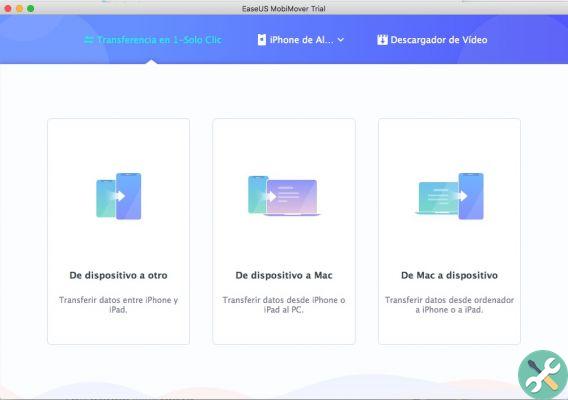
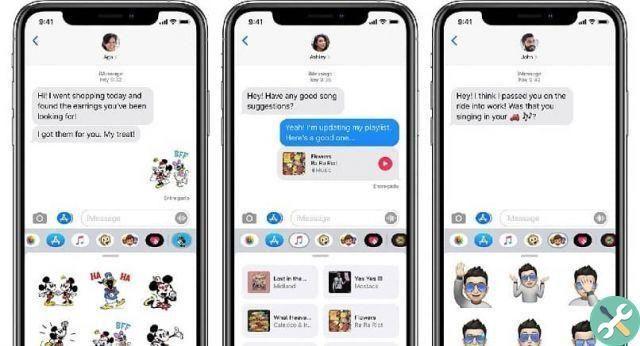

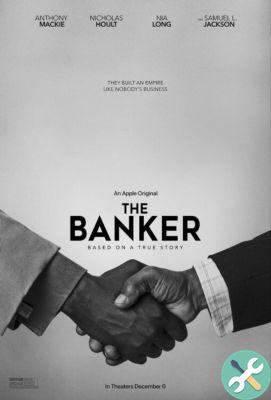

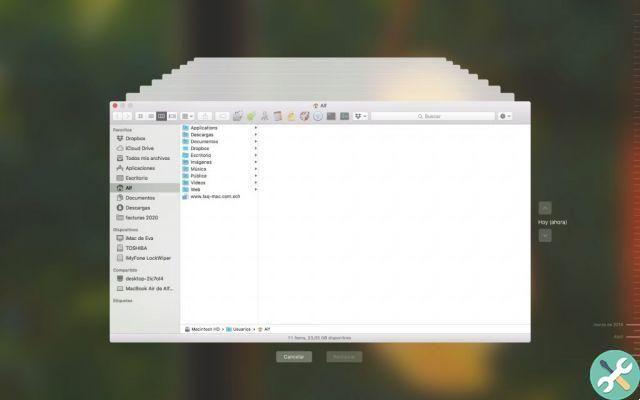
![Google also wants your Apple News [Updated] [2]](/images/posts/943dc0d8f28fcc4bc16fa30ed6d71f6a-0.jpg)
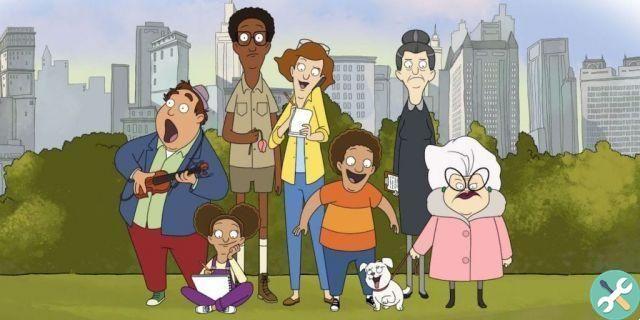
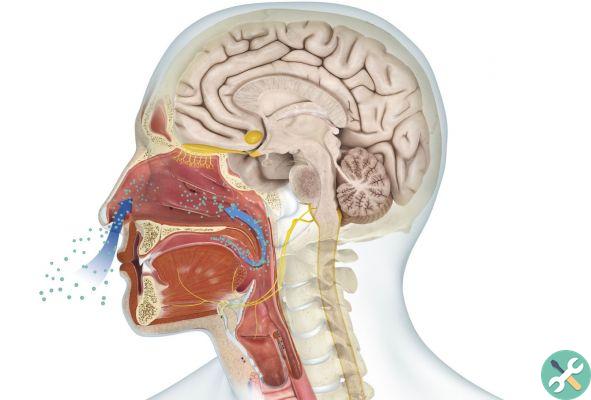
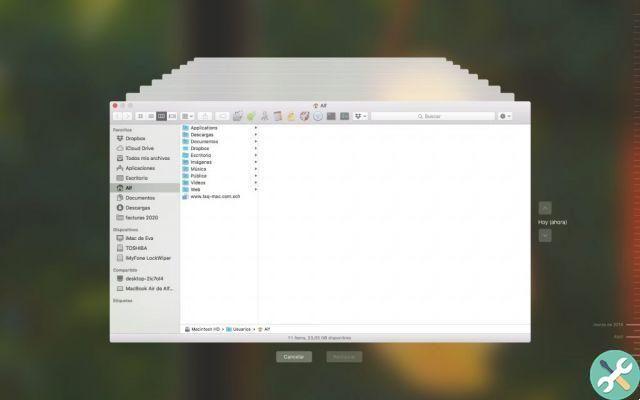


![Apple Vice Presidents Talk About Development of M1 for Mac [Updated]](/images/posts/c6254b668e5b3884d6b6338ccb8a02ff-0.jpg)
